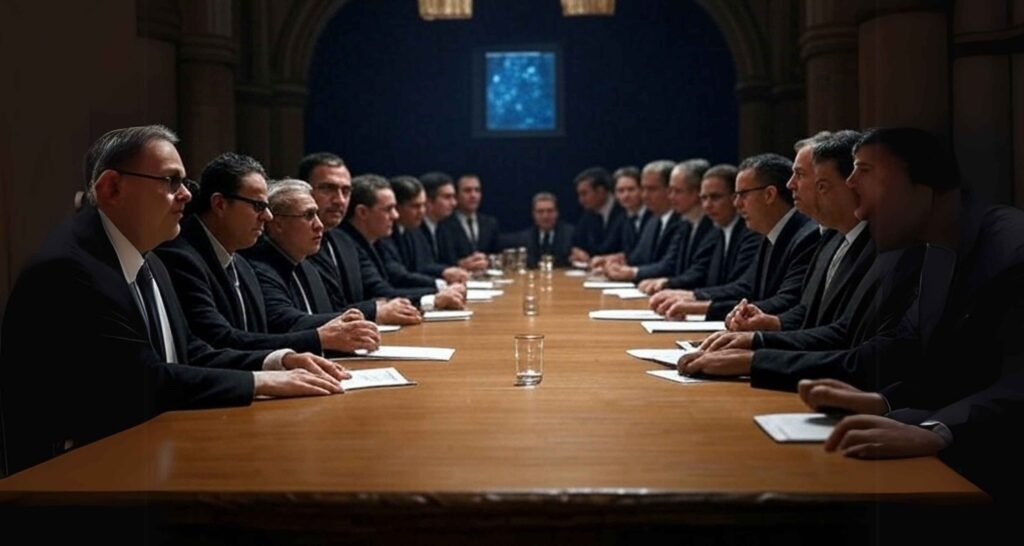Introduction: Why the Muslim Marriage Act 1939 Remains Transformational

Imagine a law passed over 80 years ago that still governs the personal lives of millions today. The Muslim Marriage Act 1939 is one such piece of legislation—a cornerstone of Islamic family law in India, shaping marriage, divorce, and women’s rights within the Muslim community.
But how did this law come into existence? What were the social and political forces behind it? And does it still hold relevance in modern India, where debates around Uniform Civil Code (UCC) and gender justice continue to rage?
In this deep dive, we’ll explore:
- The historical backdrop of the Act
- Its key provisions and legal implications
- How it compares with modern family laws
- Controversies and calls for reform
Let’s unravel the story behind this pivotal legislation.
Historical Context: The Need for the Muslim Marriage Act 1939
Pre-1939: Marriage Laws in British India
Before 1939, Muslim marriage act in India were governed primarily by uncodified Sharia law, interpreted through local customs and colonial courts. This led to inconsistencies, especially concerning women’s rights in marriage and divorce.
Key issues included:
- Unrestricted polygamy without safeguards for wives
- Easy talaq (divorce) with minimal financial protection for women
- Child marriages, with no minimum age restrictions
The Push for Codification
The early 20th century saw growing reformist movements within the Muslim community. Leaders like Maulana Ashraf Ali Thanvi and women’s rights activists demanded legal safeguards.
The Dissolution of Muslim Marriages Act 1939 was introduced to:
✔ Give Muslim women the right to seek divorce under specific conditions
✔ Prevent arbitrary talaq without judicial oversight
✔ Address child marriage concerns (though indirectly)
This was a progressive step at the time—but was it enough?

Key Provisions of the Muslim Marriage Act 1939
The Act primarily deals with dissolution of marriage (talaq) but also impacts other marital rights. Here’s a breakdown:
1. Grounds for Divorce (Section 2)
A Muslim woman could seek divorce if:
- Husband’s whereabouts unknown for 4+ years
- Failure to provide maintenance for 2+ years
- Husband imprisoned for 7+ years
- Impotency at the time of marriage
- Cruelty or desertion
This was revolutionary—it gave women an exit route from abusive marriages.

2. Judicial Intervention in Talaq
Unlike triple talaq (instant divorce), which was still permissible, the Act required court intervention for women-initiated divorces, ensuring fairness.
3. Impact on Child Marriage
While not explicitly banning child marriage, the Act allowed girls married as minors to annul their marriages upon puberty—a subtle but crucial protection.
Comparison with Modern Laws: Has the Act Aged Well?
| Aspect | Muslim Marriage Act 1939 | Modern Reforms (Post-2017) |
|---|---|---|
| Divorce Rights | Women could seek divorce on specific grounds | Triple talaq banned (2019) |
| Polygamy | No restrictions | Debates on UCC to regulate polygamy |
| Child Marriage | Limited safeguards | Prohibition of Child Marriage Act (2006) applies but conflicts with personal laws |
The Big Question: Is the 1939 Act outdated in today’s context? While it was progressive for its time, modern feminist scholars argue that:
- It doesn’t go far enough in preventing unilateral divorce
- Maintenance laws still favor men (as seen in Shah Bano case, 1985)
- No uniform age of marriage for Muslims, unlike other communities
Controversies & Calls for Reform
1. Clash with Gender Justice
Critics argue that the Act doesn’t fully align with constitutional equality (Article 14, 15). Cases like Shayara Bano (2017) highlighted how instant triple talaq left women destitute, leading to its eventual ban.
2. Uniform Civil Code Debate
The BJP-led push for UCC seeks to replace religion-based laws like the 1939 Act with a gender-neutral code. Supporters say this will ensure equality, while opponents fear loss of religious identity.
3. Judicial Interpretations
Courts have expanded women’s rights under the Act:
- Right to khula (woman-initiated divorce) recognized
- Maintenance rights strengthened post-Shah Bano
Yet, implementation remains inconsistent.
Conclusion: Is the Muslim Marriage Act 1939 Still Relevant?
The Muslim Marriage Act 1939 was a landmark in its time, offering Muslim women legal recourse in oppressive marriages. However, societal changes and feminist movements demand further reforms—whether through updated interpretations or a Uniform Civil Code.
What do you think?
- Should the 1939 Act be amended to align with modern gender justice principles?
- Or should Muslim personal laws remain untouched as a matter of religious freedom?
Share your thoughts in the comments!
Further Reading:
- The Shah Bano Case & Its Aftermath
- Triple Talaq Ban: What Changed in 2019?
- Uniform Civil Code: Pros and Cons
By blending historical insights, legal analysis, and modern debates, this post offers a fresh perspective on a decades-old law that still shapes lives today. 🚀
New chat
